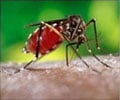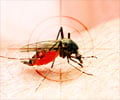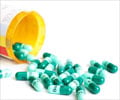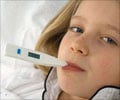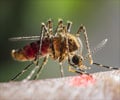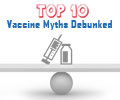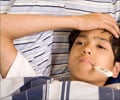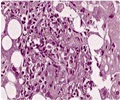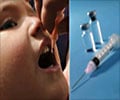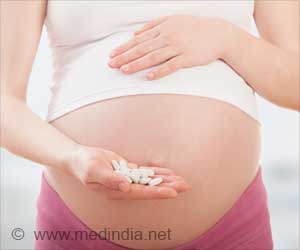Scientists wanted to study the efficacy of inactivated cell culture vaccine against yellow fever.
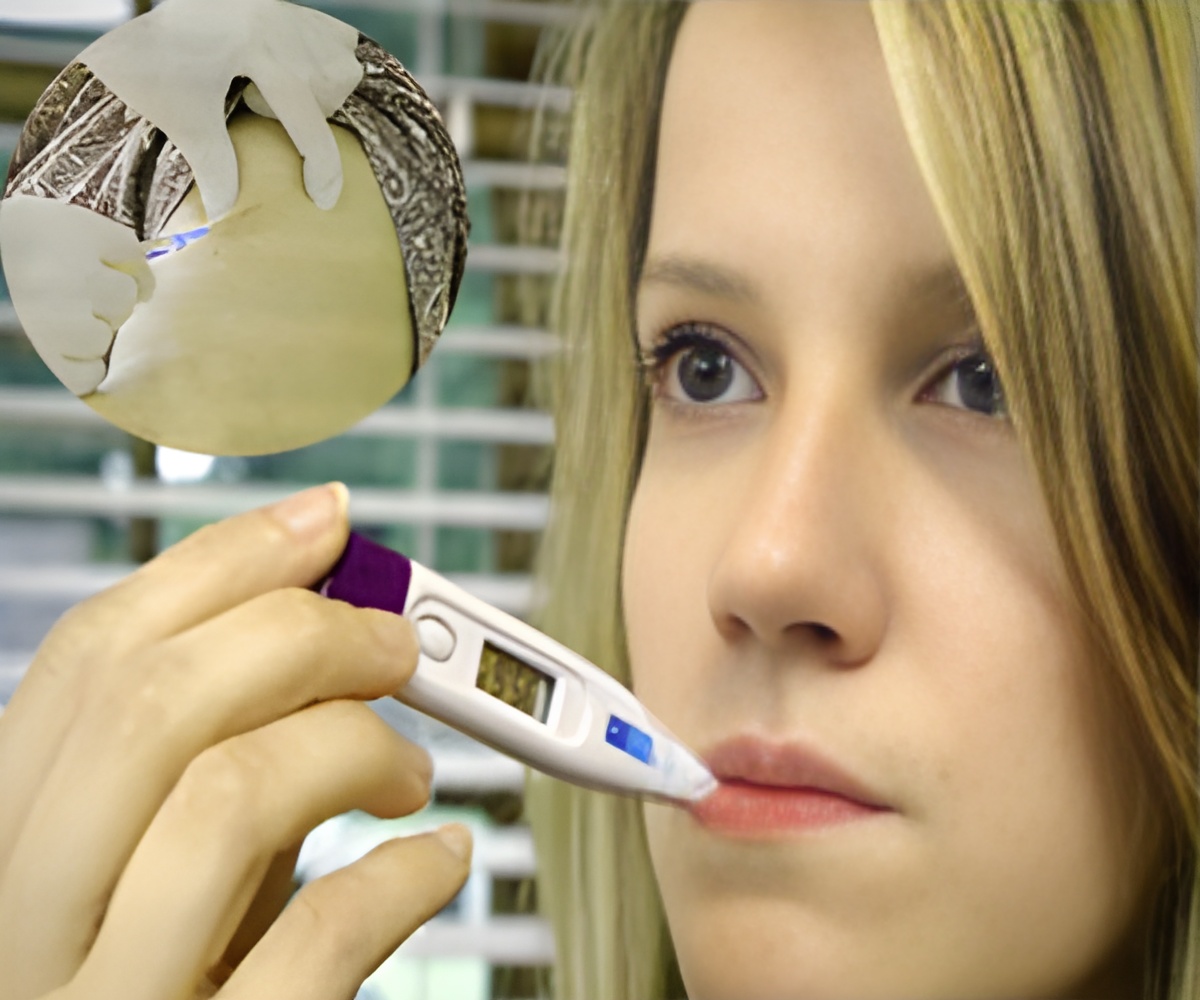
A cell-culture vaccine XRX-001 for yellow fever was tested by scientists in 60 healthy individuals between 18-49 years of age. They studied the safety, adverse event profile and immunogenecity of the vaccine. The XRX-001 is a whole virus β-propiolactone-inactivated yellow fever vaccine produced in Vero cell culture and adsorbed to 0.2% alum (aluminum hydroxide) adjuvant. It is manufactured by Xcellerlex. Subjects who qualified for the study were previously not vaccinated against yellow fever, Japanese encephalitis or tick-borne encephalitis and nor did they have a history of overseas travel to the tropics. Two shots of this vaccine which contained 0.48µg or 4.8µg antigen were administered intramuscularly 21days apart. Scientists then measured levels of neutralizing antibodies at baseline on days 0, 21, 31 and 42.
It was found that individuals who received 4.8µg of this inactivated vaccine induced development of neutralizing antibodies in 100% subjects and in 88% subjects who were administered 0.48µg of antigen. Following the administration of the second dose the level of antibodies increased by day 10. This antibody level was significantly higher among individuals who received 4.8µg of the vaccine. No serious side-effects were reported except for pain, tenderness and itching at the injection site in some cases. Only 1 case of skin reaction (urticaria) was reported on day 3 after administration of 4.8µg of vaccine. The safety of the vaccine was assessed on the basis of local and systemic reactions.
Thus scientists concluded that this two-dose regime of the vaccine has the potential to be a safer alternative to the existing live attenuated vaccine (17D). This was the first clinical trial of the vaccine. A second clinical has to be initiated which would evaluate the durability of antibody response which has been reported in this trial.
Reference
Thomas P. Monath, M.D., Elizabeth Fowler, Ph.D., Casey T. Johnson, D.O., John Balser, Ph.D., Merribeth J. Morin, Ph.D., Maggie Sisti, B.S., and Dennis W. Trent, Ph.D.
New England Journal of Medicine 2011; 364:1326-1333April 7, 2011
Source-Medindia


